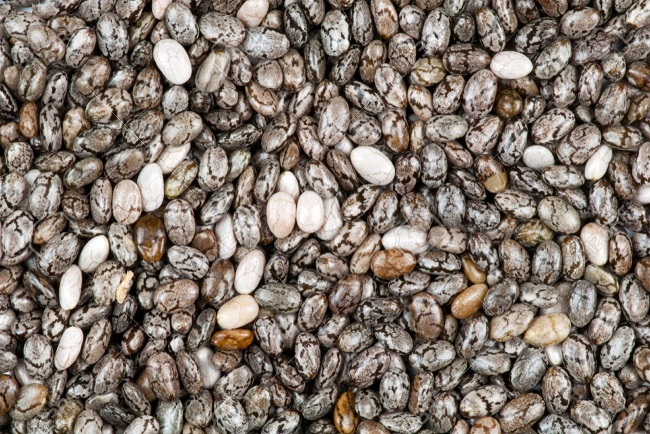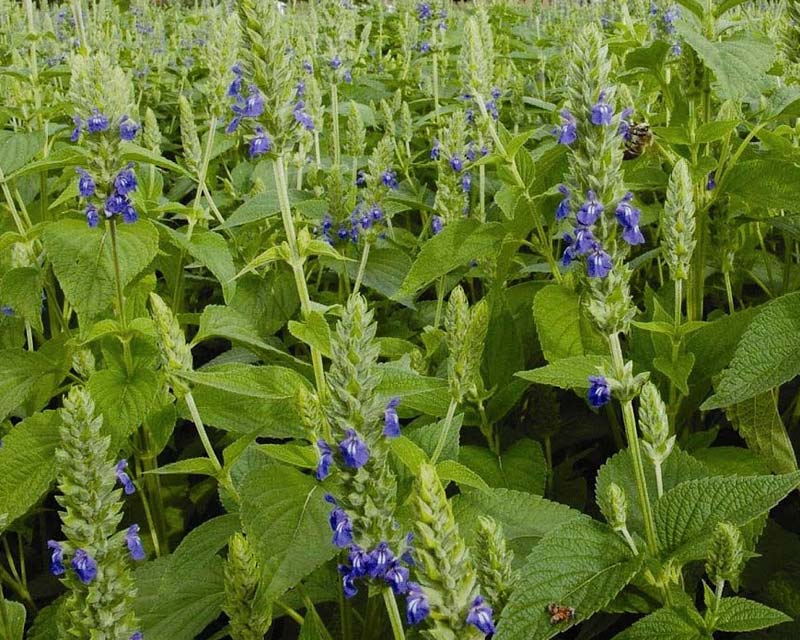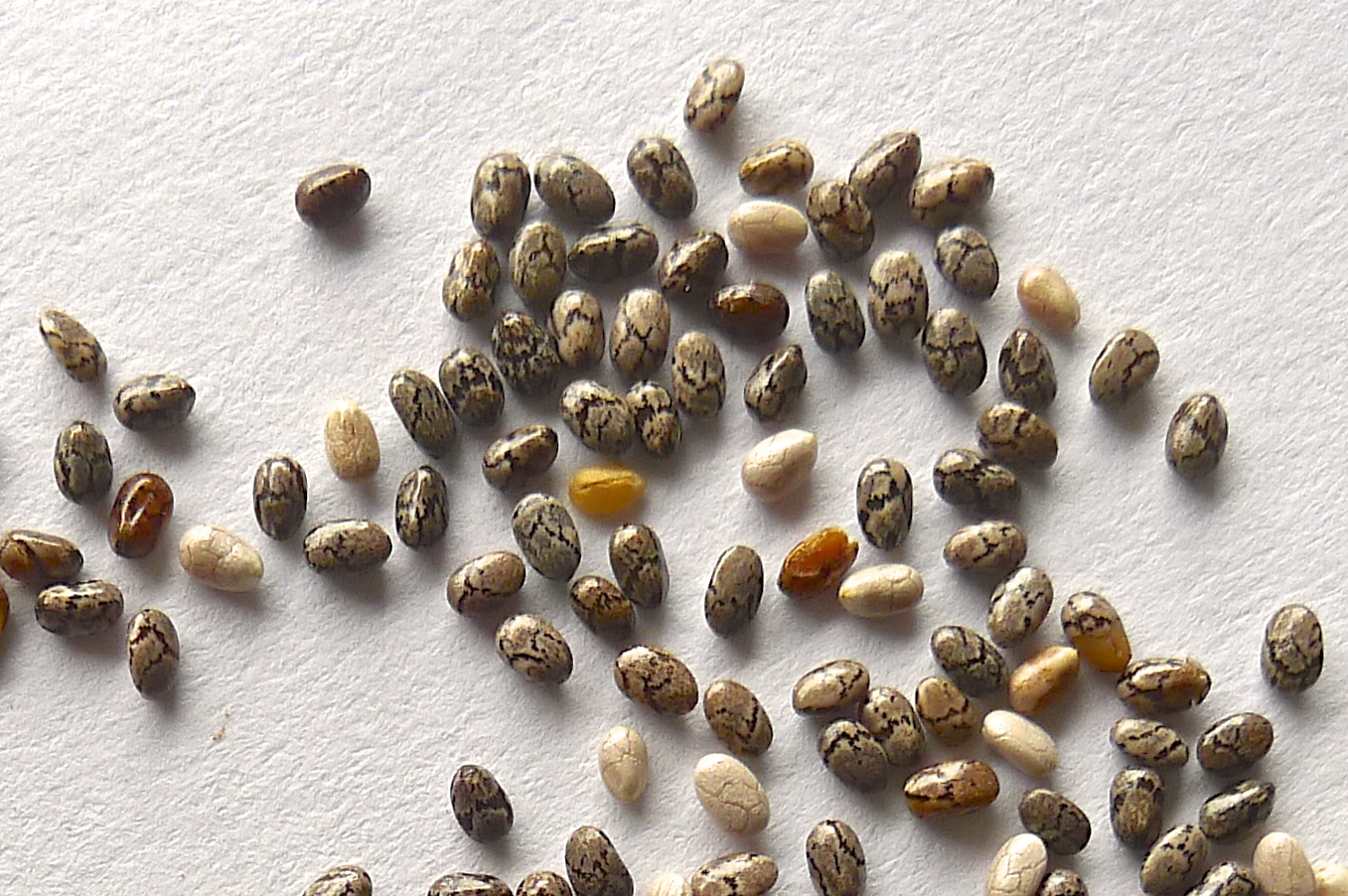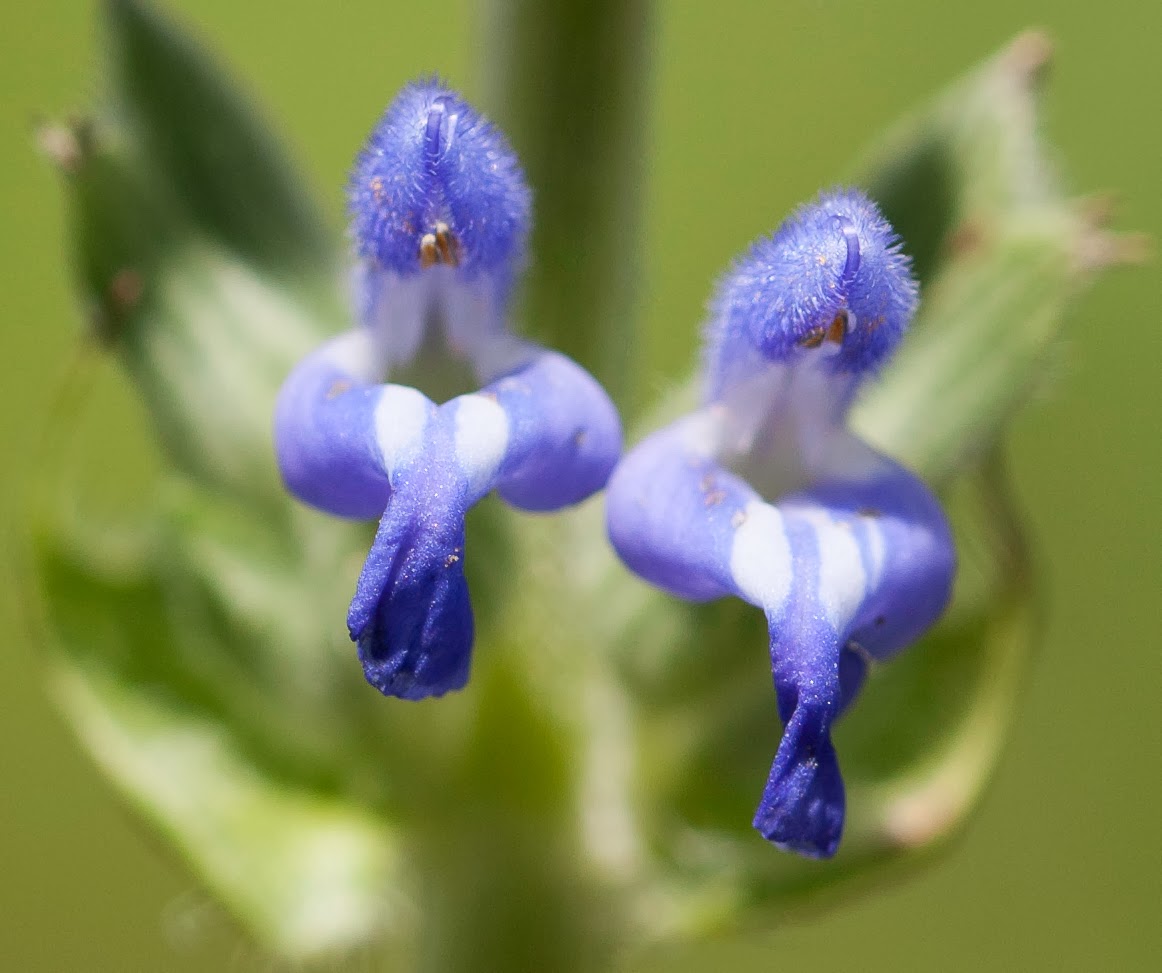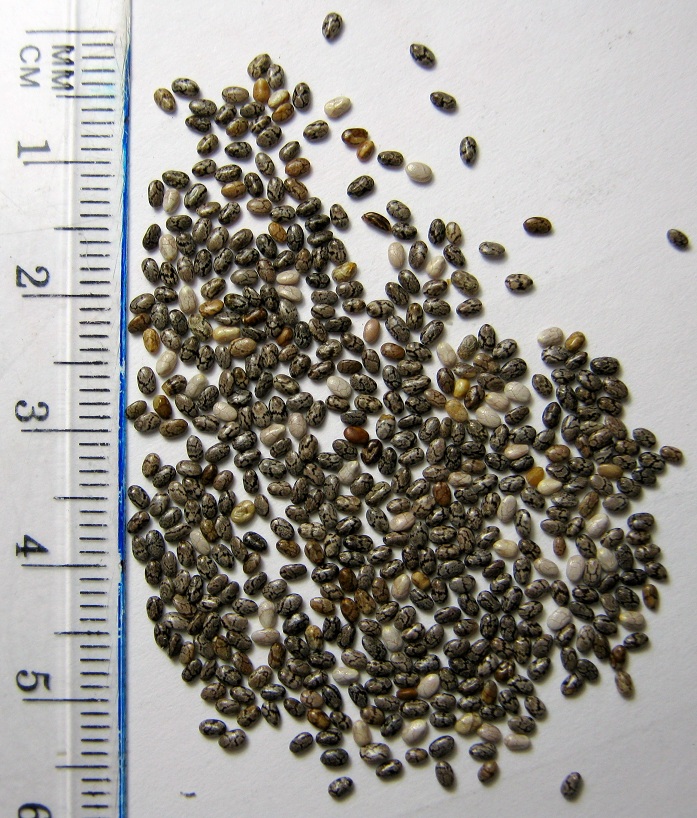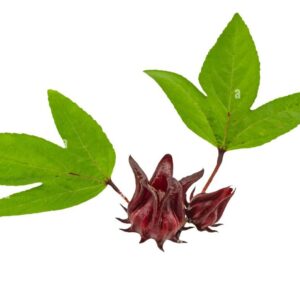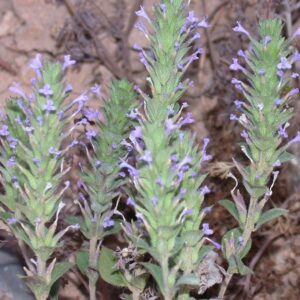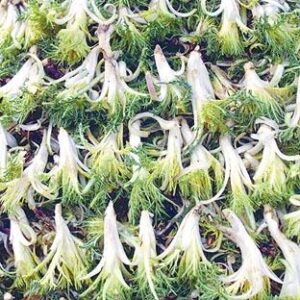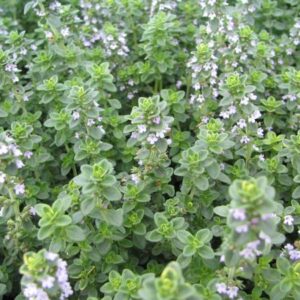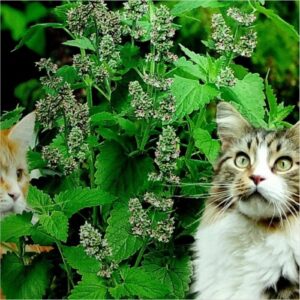General Informations
Salvia hispanica, commonly known as chia (/ˈtʃiːə/), is a species of flowering plant in the mint family, Lamiaceae, native to central and southern Mexico and Guatemala. It is considered a pseudocereal, cultivated for its edible, hydrophilic chia seed, grown and commonly used as food in several countries of western South America, western Mexico, and the southwestern United States.
A 100-gram (3.5 oz) serving of chia seeds is a rich source (20% or more of the Daily Value, DV) of thiamine and niacin (54% and 59%, respectively), and a moderate source of riboflavin and folate (14% and 12% DV, respectively). The same amount of chia seeds contains high amounts (48–130% DV) of the dietary minerals calcium, iron, magnesium, manganese, phosphorus and zinc.
Chia seeds may be added to other foods as a topping or put into smoothies, breakfast cereals, energy bars, granola bars, yogurt, tortillas, and bread. In 2009, the European Union approved chia seeds as a novel food, allowing chia to be 5% of a bread product’s total matter.
They also may be made into a gelatin-like substance or consumed raw. The gel from ground seeds may be used to replace the egg content in cakes while providing other nutrients, and is a common substitute in vegan baking.
